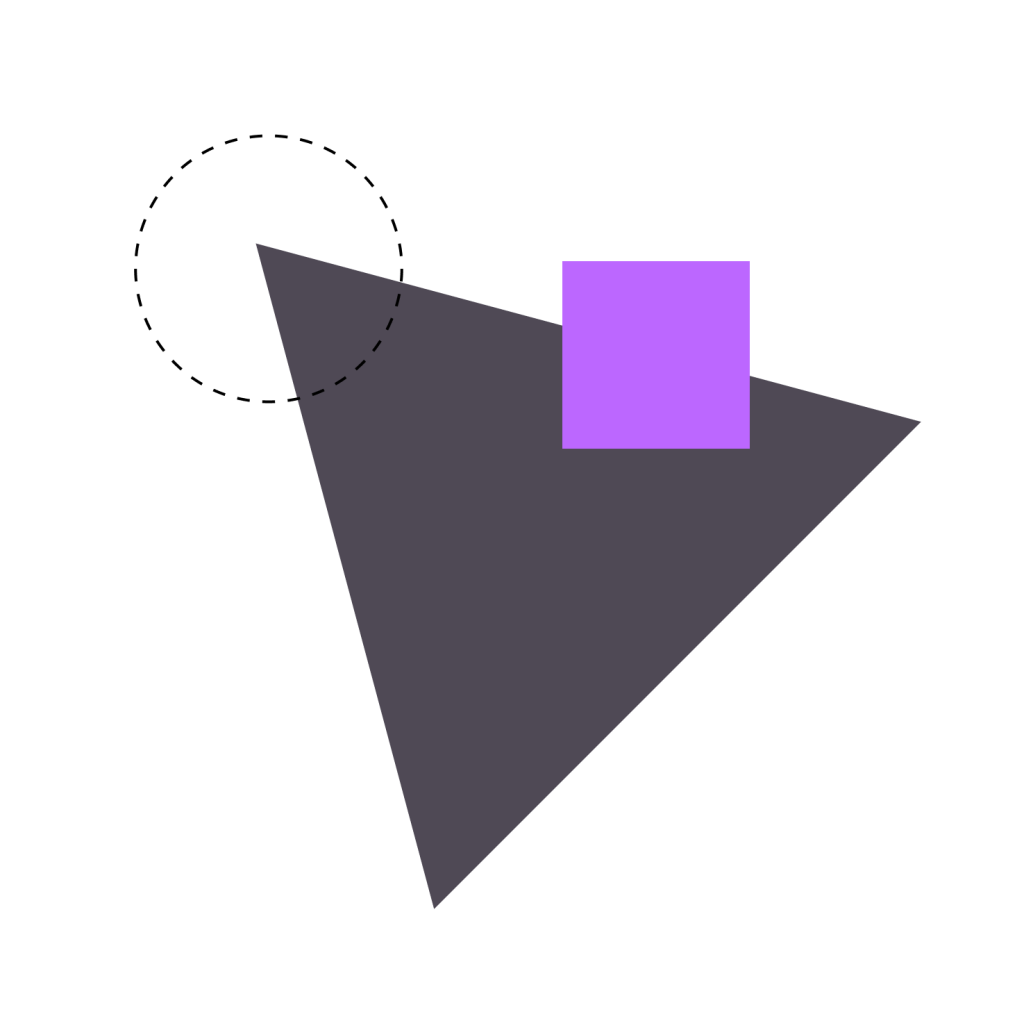Web Design
Web design refers to the process of exploring and designing the visual and functional elements of websites. Web design plays a crucial role in determining how users perceive and interact with a website. A well-designed website can enhance user engagement, encourage conversions and contribute to the overall success of a business’s online presence.


